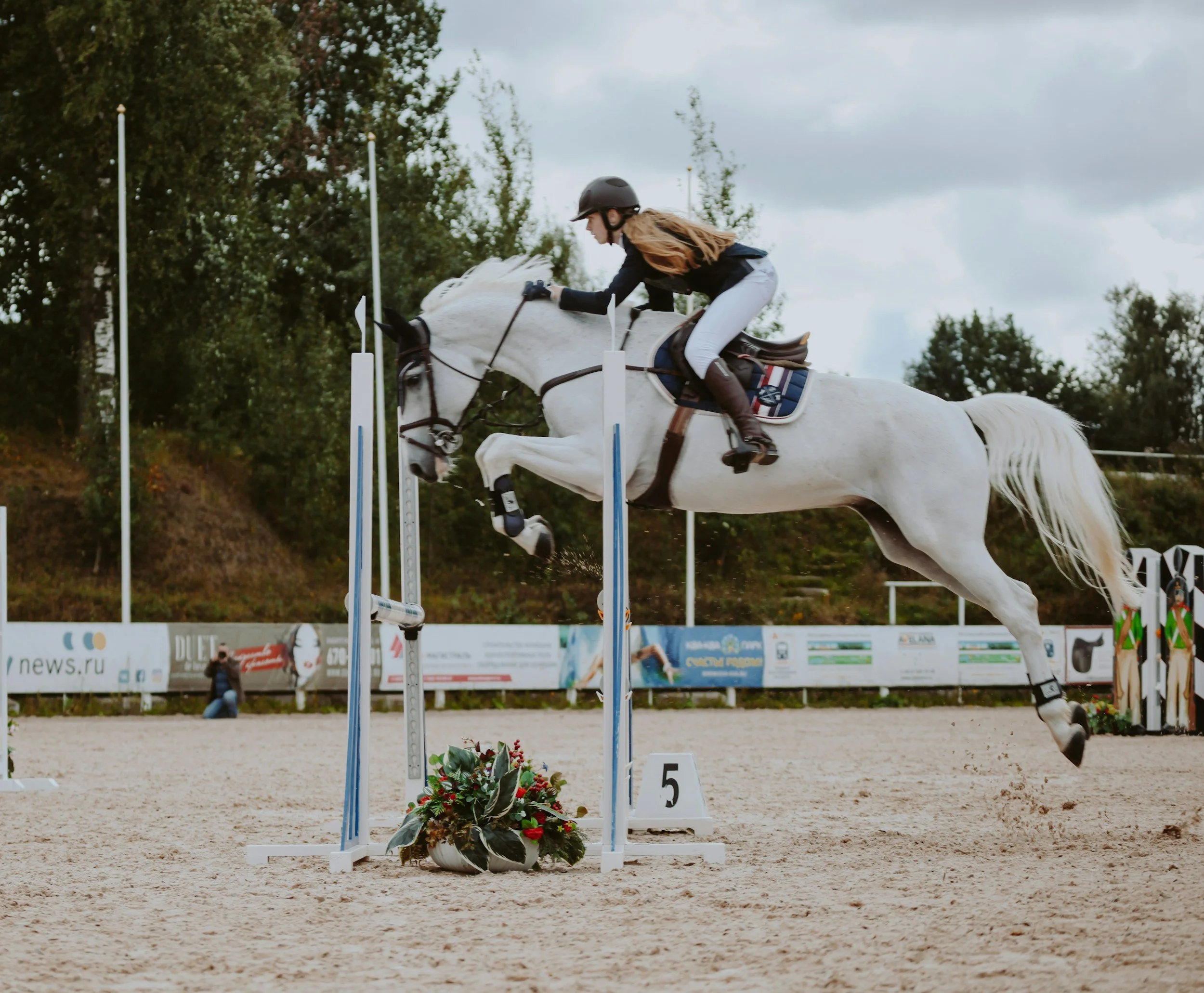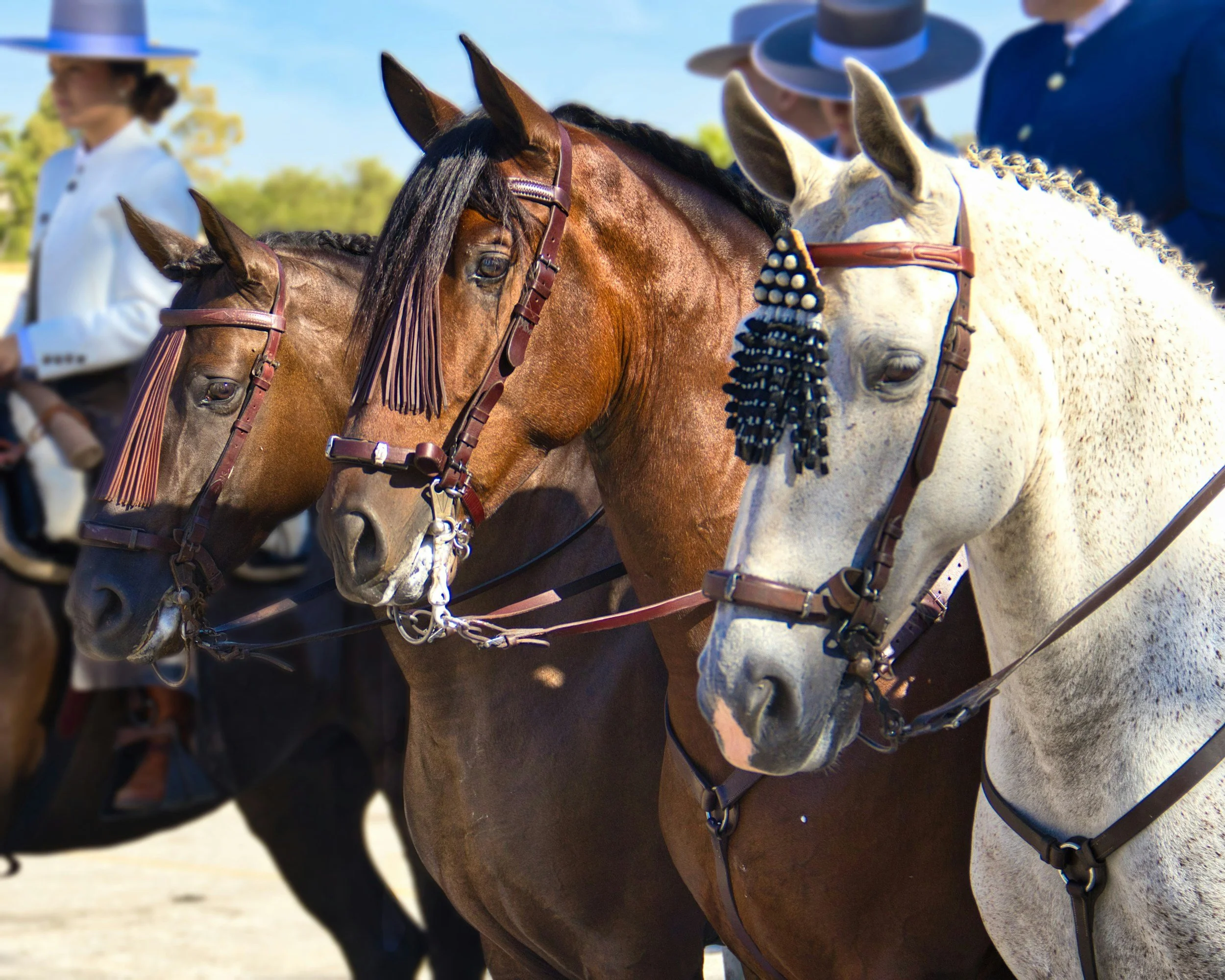Blog By: Alexander Bowman
The Kentucky Horse Racing and Gaming Corporation (KHRGC) requires an attending veterinarian to administer a pre-race examination on every horse racing in Kentucky.[i] The purpose of these examinations is to determine whether the horse is suitable for participation in the race.[ii] Only after a horse has been found fit to race by the attending veterinarian may it be allowed to participate.[iii] Despite the benefits of requiring an examination for racehorses, no such rule exists for show horses.
The rules governing pre-race examinations for racehorses are found in Title 810 of the Kentucky Administrative Regulations.[iv] On June 25, 2025, the KHRGC announced amendments to these rules which took effect on July 1, 2025.[v] The amendments affected the timing of veterinary inspections by stating that a soundness examination of a horse must occur within three days after the close of entries and no later than two days before the race.[vi] Before July 1, horses were required to be examined before entry.[vii] Furthermore, the amended rule requires the attending veterinarian to certify and electronically submit a report to Kentucky’s equine medical director that the horse is serviceable and in sound racing condition.[viii] Before the amendment, the veterinarian could certify those findings through a written report.[ix] The inspection of the horse must include, at a minimum, an examination of the horse’s legs, the horse at rest, and the horse while jogging.[x] These specific requirements are not different from the requirements of the old rule.[xi]
While these changes did wonderful things for racehorses, the main issue with these amendments is that they do nothing for show horses. The rule change brought a few different benefits with it, including economic benefits as well as an increase in the protection of horse welfare.[xii] On the economic side, horsemen are no longer required to schedule and pay for an entry exam until they are positive the horse will actually race.[xiii] As for the improvement of horse welfare, the new rule allows for a more accurate inspection of the condition the horse will be in for the race, as most horses will have completed their training prior to the exam.[xiv] This is beneficial because a horse does not have to continue potentially injurious training exercises after their examination but prior to the race. Despite these benefits, Kentucky has failed to show the same regulatory attention to show horses.
While some horse show events in Kentucky, like the Defender Kentucky Three-Day Event and the World’s Championship Horse Show, have rules that allow for inspection of horses, there are no rules requiring such inspections.[xv] The Defender Kentucky Three-Day Event is governed by the United States Equestrian Federation (USEF), which states that competing horses can be subjected to an examination by a licensed veterinarian but such examination is not required.[xvi] Likewise, the World’s Championship Horse Show, which is governed by the Equine Sports Council (ESC), states that a Show Manager or Show Commissioner may request a veterinarian inspection, but again, it is not required.[xvii]
The problem here is that show horses are often subjected to high levels of stress, which puts them at an increased risk of sustaining injuries or contracting diseases during competition.[xviii] The consistent jumping a horse must do at competitions can lead to problems such as degenerative joint disease.[xix] Certain dressage movements can cause ligaments in the horse’s foot to tear after repeated landings.[xx] If the governing bodies behind the horse racing industry have deemed it essential for racehorses to receive an examination prior to their competition to avoid potential injuries, it stands to reason that show horses should be given the same protection. After all, racing is not the only sport in which a horse can sustain injuries.
Given that different organizations govern different horse competitions in Kentucky, it would be difficult to get each one of them to enforce the same rule requiring pre-show veterinary inspections for show horses. The Kentucky legislature could step in, however, and enforce an overarching rule applicable to all horse competitions which take place in the state. The state government has previously established the KHRGC to regulate horse racing in Kentucky, so it could establish a similar independent agency to regulate other horse-related sports in a unified manner. Such an agency could adopt a veterinary inspection rule like the one for racehorses, which would aid in preventing countless horse injuries, marking the start of a movement towards essential care for show horses.
[i] Pre-Entry Exam, Ky. Horse Racing & Gaming Corp., https://khrc.ky.gov/newstatic_Info.aspx?static_ID=632#:~:text=Pre%2DEntry%20exams%20are%20mandatory,See%20instructions%20below. (Last visited Oct. 18, 2025) [https://perma.cc/3WQG-3S7M].
[ii] Aimee Robinson, Veterinary Checks on the Track, Retired Racehorse Project https://www.therrp.org/education/track-life/racing-training/veterinary-checks-on-the-track/#:~:text=A%20prerace%20examination%20is%20conducted,a.m.%20until%2011:00%20a.m.%E2%80%9D (last visited Oct. 18, 2025) [https://perma.cc/VR6B-QTQM].
[iii] Ky. Horse Racing & Gaming Corp., supra note 1.
[iv] 810 Ky. Admin. Regs. 4:030 (2025).
[v] New Vet Inspection Rules to Begin July 1 in Kentucky, BloodHorse (June 25, 2025), https://www.bloodhorse.com/horse-racing/articles/285405/new-vet-inspection-rules-to-begin-july-1-in-kentucky [https://perma.cc/HTN8-J346].
[vi] 810 Ky. Admin. Regs. 4:030 (2025).
[vii] BloodHorse Mag., supra note 5.
[viii] 810 Ky. Admin. Regs. 4:030 (2025).
[ix] BloodHorse Mag., supra note 5.
[x] 810 Ky. Admin. Regs. 4:030 (2025).
[xi] Chelsea Hackbarth, Kentucky: Rule Change For Attending Vet Exams Designed to Benefit Horsemen, Paulick Report (June 26, 2025), https://paulickreport.com/horse-care-category/kentucky-rule-change-for-attending-vet-exams-designed-to-benefit-horsemen [https://perma.cc/QV4D-ZMMB].
[xii] Id.
[xiii] Id.
[xiv] Id.
[xv] U.S. Equestrian Fed’n, 2025 United States Equestrian Federation, Inc. Rulebook GR4-2 (2025); Equine Sports Council, ESC Rule Book 31 (2025).
[xvi] U.S. Equestrian Fed’n, supra note 15, at GR4-2.
[xvii] Equine Sports Council, supra note 15, at 31.
[xviii] Stacey Oke, Lessons From a Horse Show Disease Outbreak, The Horse (March 31, 2024), https://thehorse.com/1128107/lessons-from-a-horse-show-disease-outbreak/ [https://perma.cc/9BCT-LB28].
[xix] Elaine Pascoe, Keep Your Dressage Horse Off the Sidelines: Prevent and Manage Common Injuries in Performance Horses, Dressage Today, (Sep. 8, 2025) https://dressagetoday.com/featured-articles/keep-your-dressage-horse-off-the-sidelines-prevent-and-manage-common-injuries-in-performance-horses/ [https://perma.cc/WEB2-Y542].
[xx] Id.



